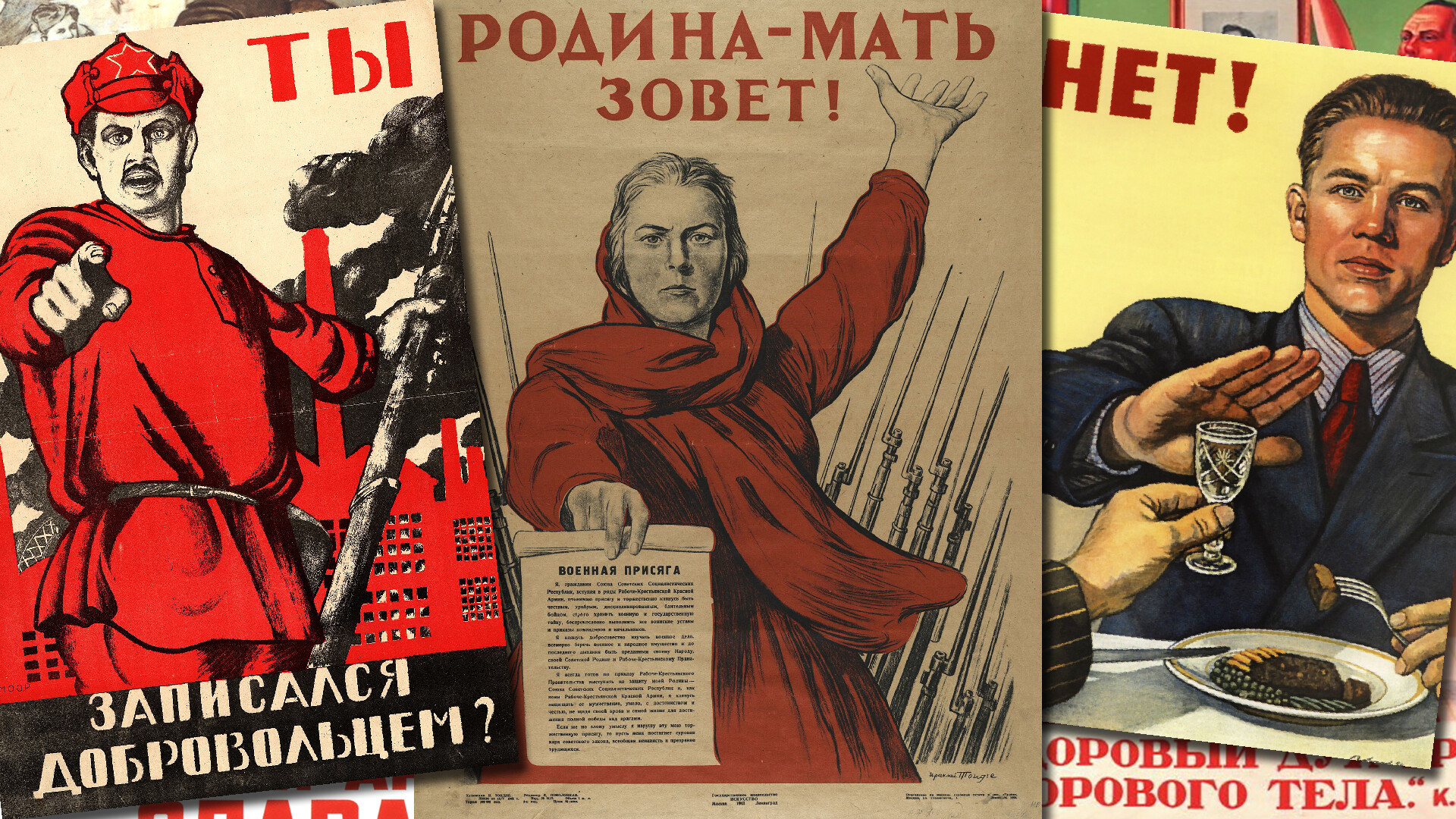
From the very early Soviet age, the authorities understood the importance of propaganda. And posters agitating people for something were incredibly popular. The best artists were involved in creating them and they are so well known even today, with many of them becoming memes.
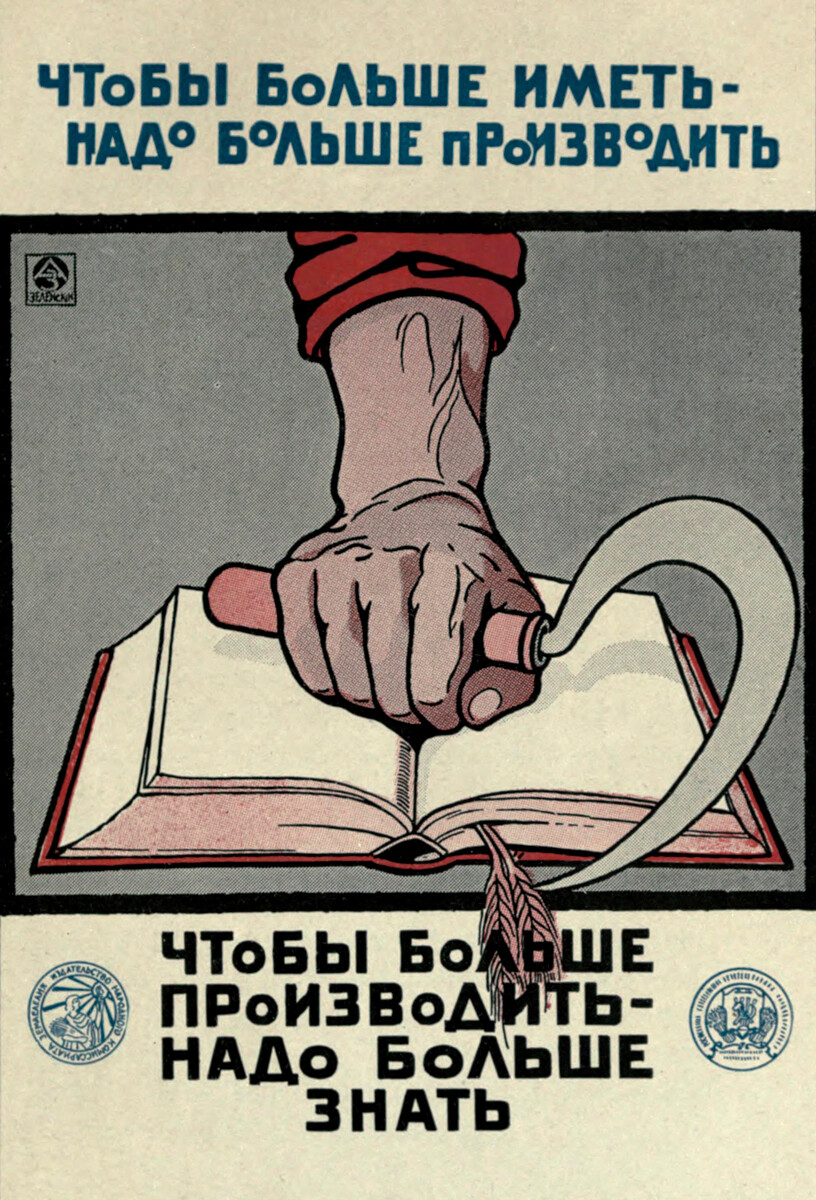
One of the most important goals of the Bolsheviks was to overcome illiteracy. They forced even grown up people to go to schools, learn how to read and write and get new jobs that would provide for the country’s development. The poster above depicts one of the main Soviet symbols, the sickle, and a book - and it’s an obvious call for peasants to study.
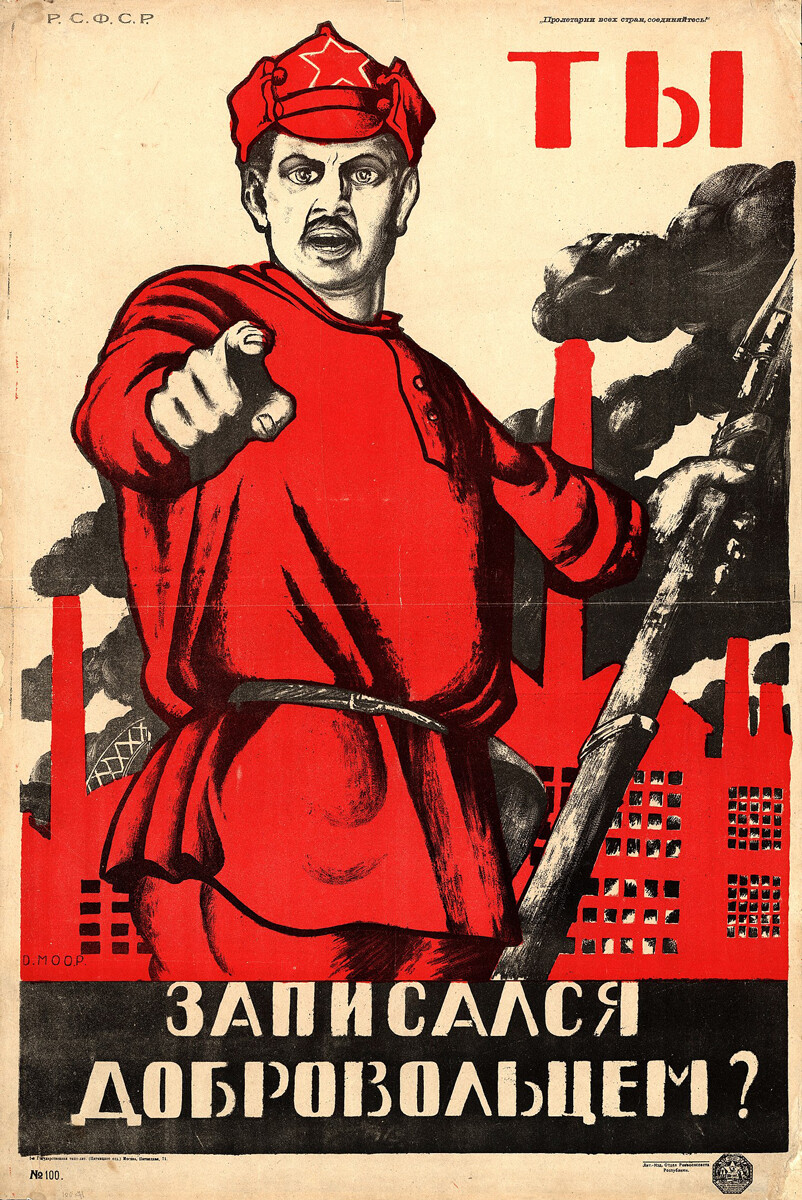
This is considered the most famous poster of the Civil War, calling to join the ranks of the Red Army. It was illustrated by Dmitry Moor, using a British poster from World War I as the template.
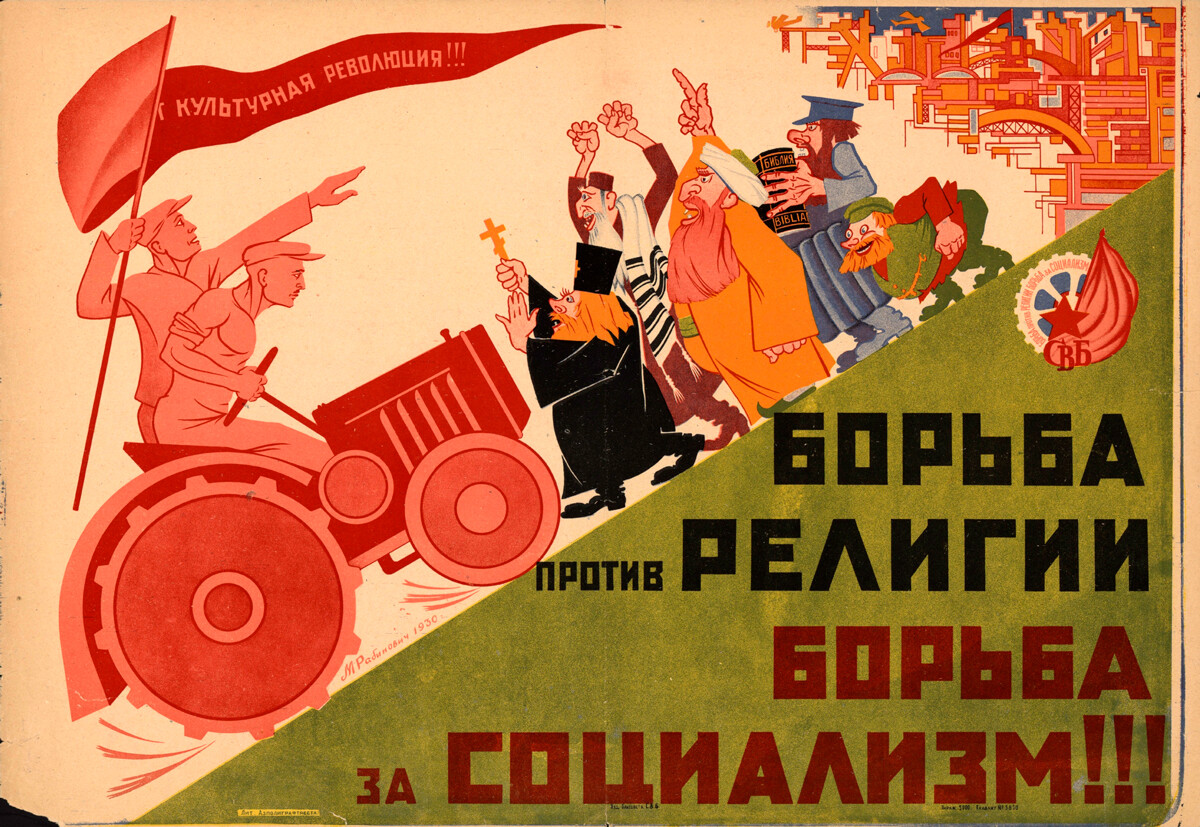
The USSR was actively fighting religion and there was an entire magazine for anti religious posters called ‘Bezbozhnik’ (‘The Godless’). This poster was illustrated by Mikhail Rabinovich and it depicts how the proletarians are heading up to run over the clergy with a rolling machine.
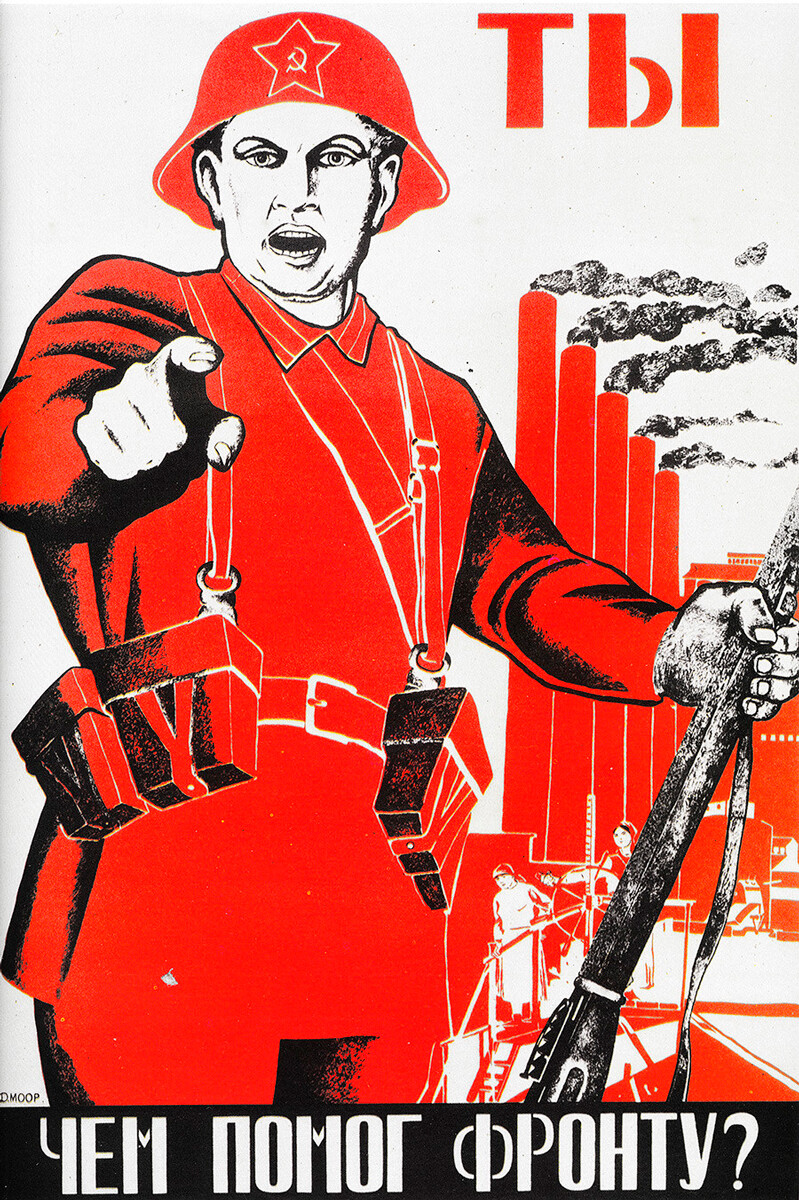
Twenty one years after his epic ‘Have You Volunteered?’ poster, Dmitry Moor illustrated another one reminiscent of that.
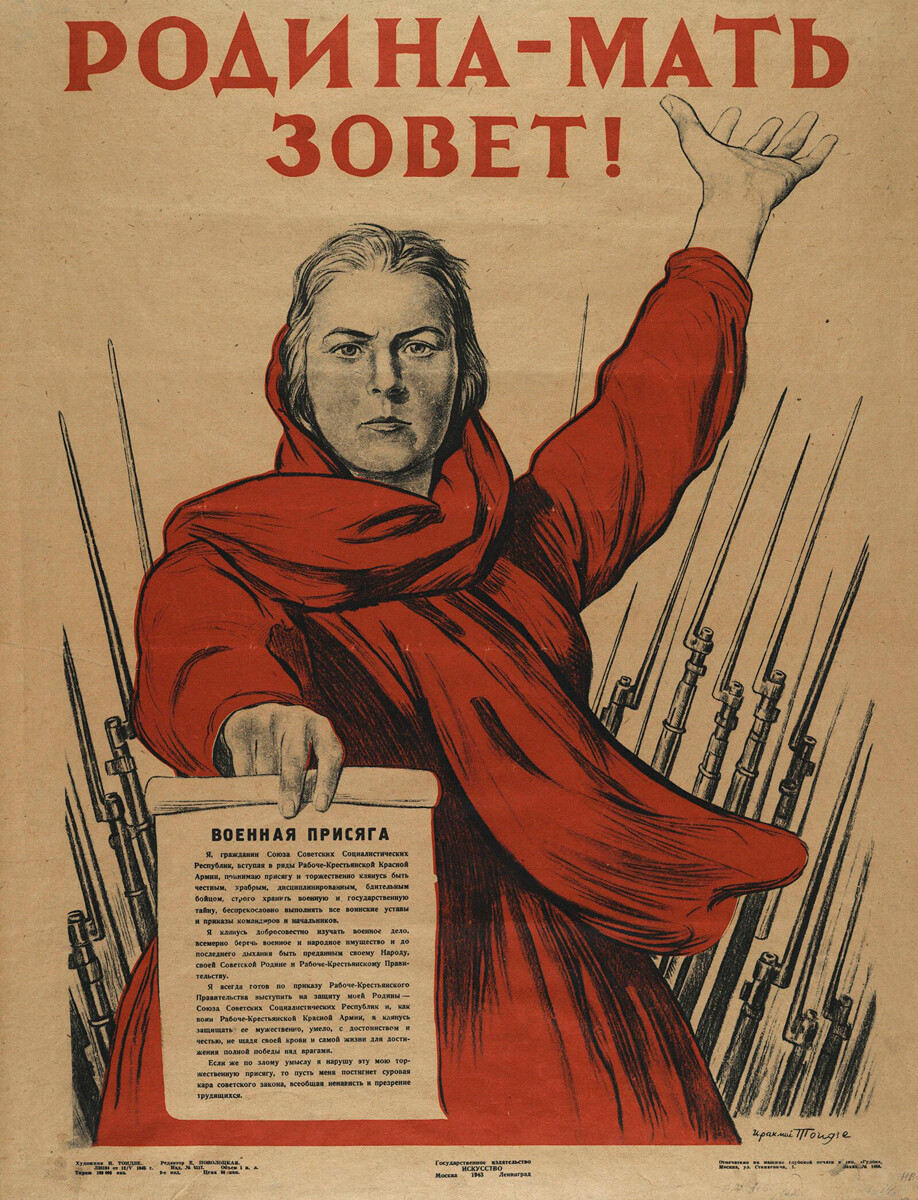
One of the most famous posters of World War II for Soviet people. It was created by Irakly Toidze and depicts a middle-aged woman reminding soldier’s mothers of the military oath. She has her left arm raised as if she were calling the bayonets seen behind her.
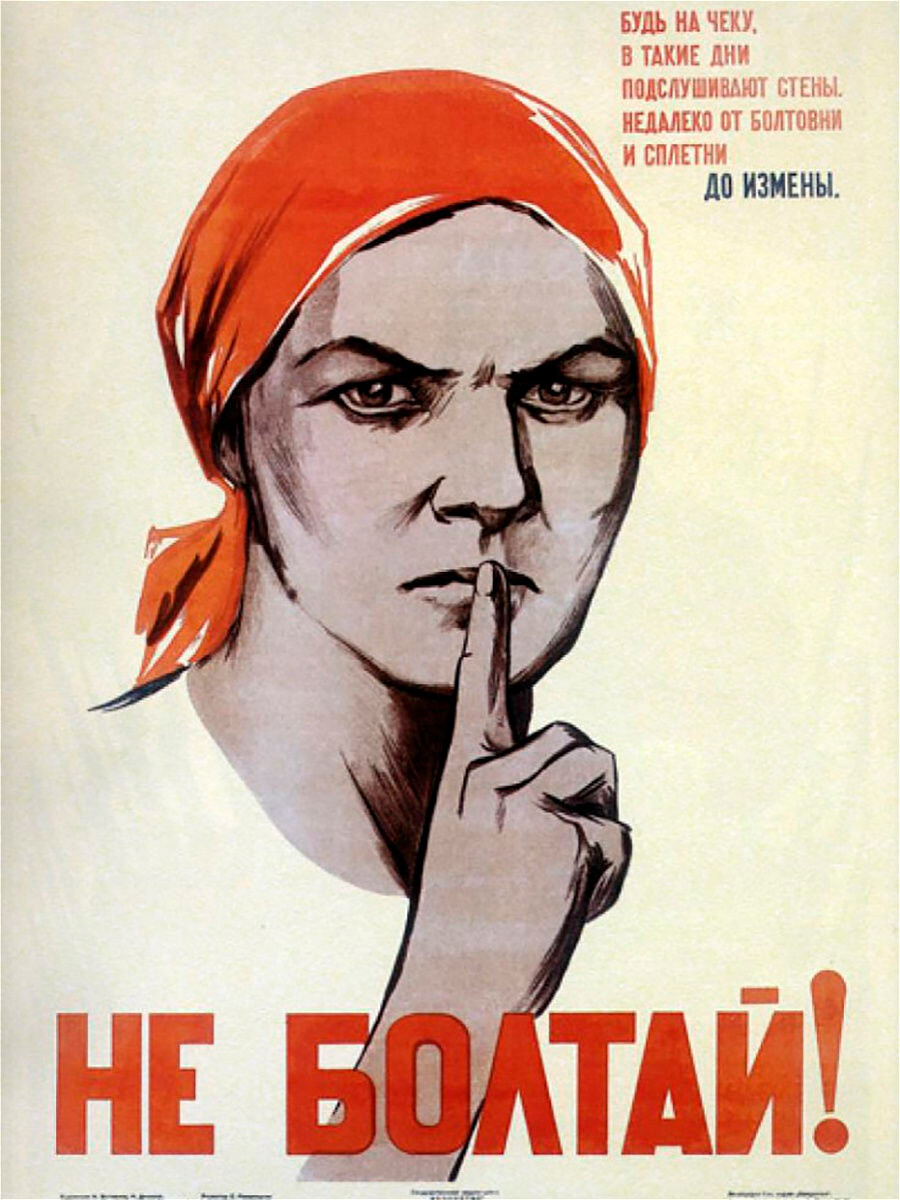
A war-time poster illustrated by artists Nina Vatolina and Nikolai Denisov. A little poem in the top right-hand corner above quotes Samuil Marshak’s poem: “Be aware, these days, the walls are listening. It’s a fine line between chatter and gossip… and treason.”
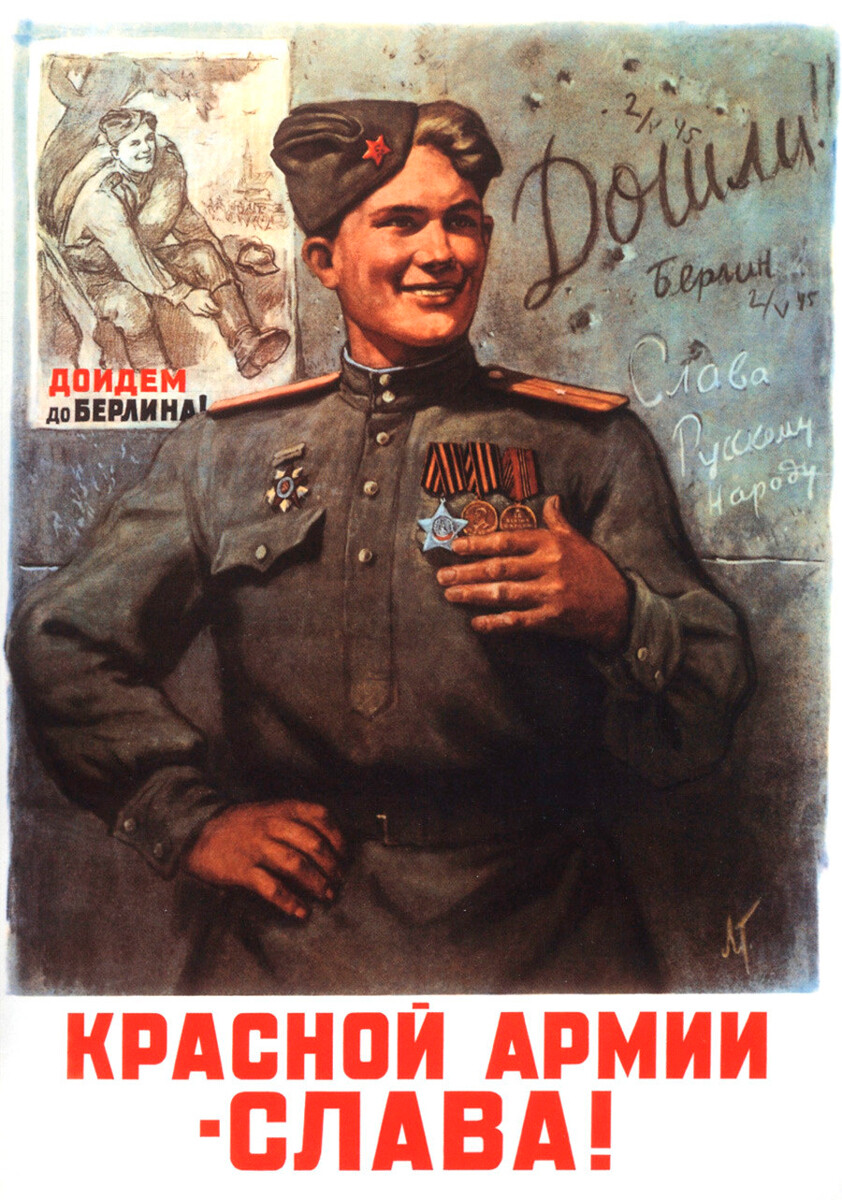
Once the Soviet troops finally defeated the Nazis and hoisted the Victory Banner over Berlin’s Reichstag, it was time to celebrate. The poster above by Leonid Golovanov depicts his own earlier poster ‘We will reach Berlin’ with the writing “We’ve done it!” on the wall (most likely left by the Soviet soldiers on the Reichstag wall) and a subheading stating: “The Red Army - Glory!”
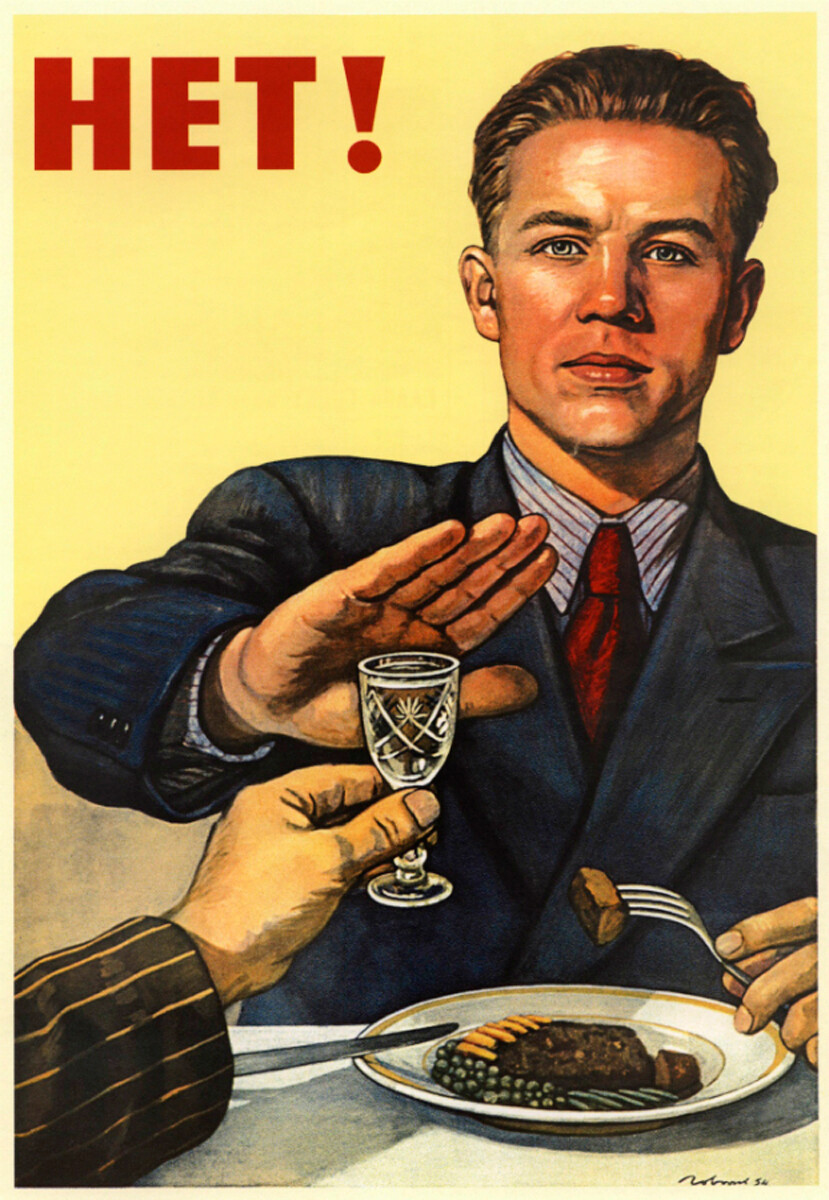
Post-war posters, meanwhile, raised issues in the new peaceful Soviet life. And one of them was alcoholism. Soviet authorities were struggling to fight this outbreak and initiated the creation of all the possible works of art to promote a sober lifestyle. In the above poster, illustrated by Viktor Govorkov, a man refuses to drink a shot of vodka.
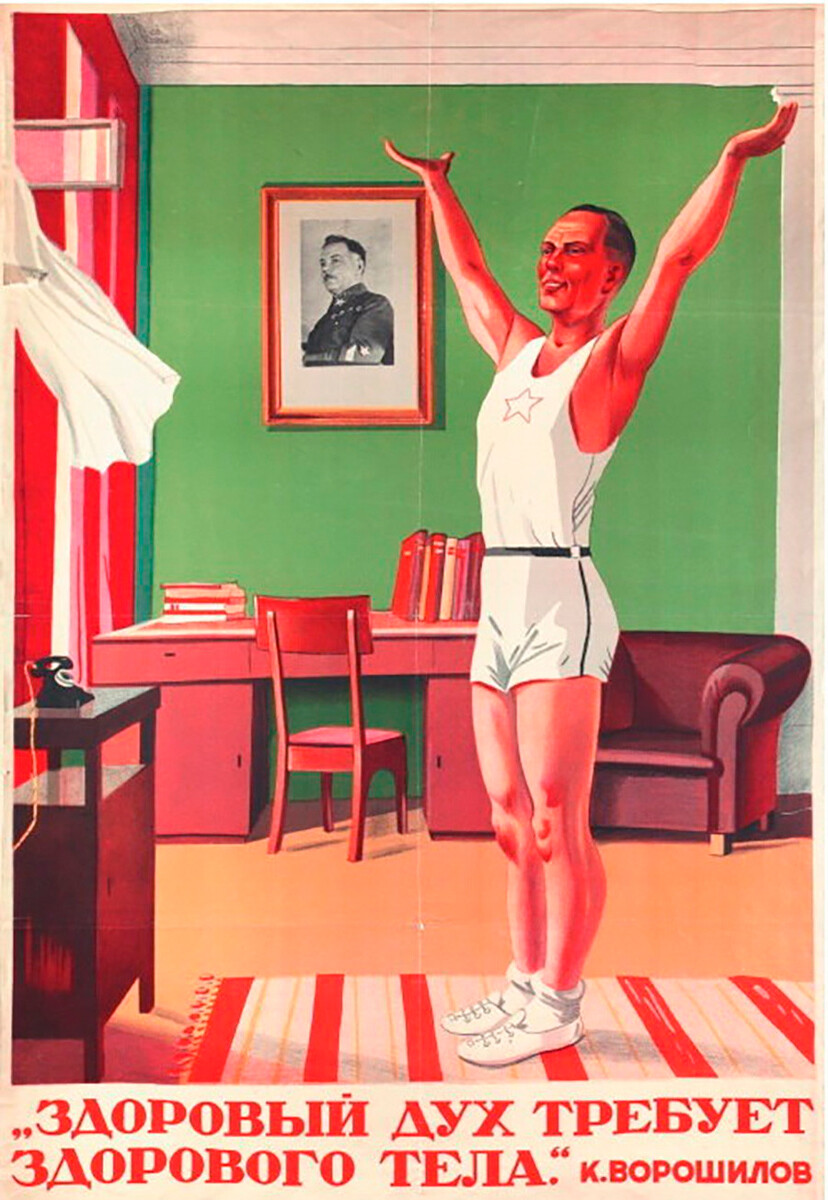
Propaganda of a healthy lifestyle was one of the most popular topics for Soviet posters. Because, the Soviet country required strong people, who could work properly for the common good. The above poster quotes a popular Soviet slogan said by Kliment Voroshilov that was a variation of the same in Latin: “Mens sana in corpore sano.”
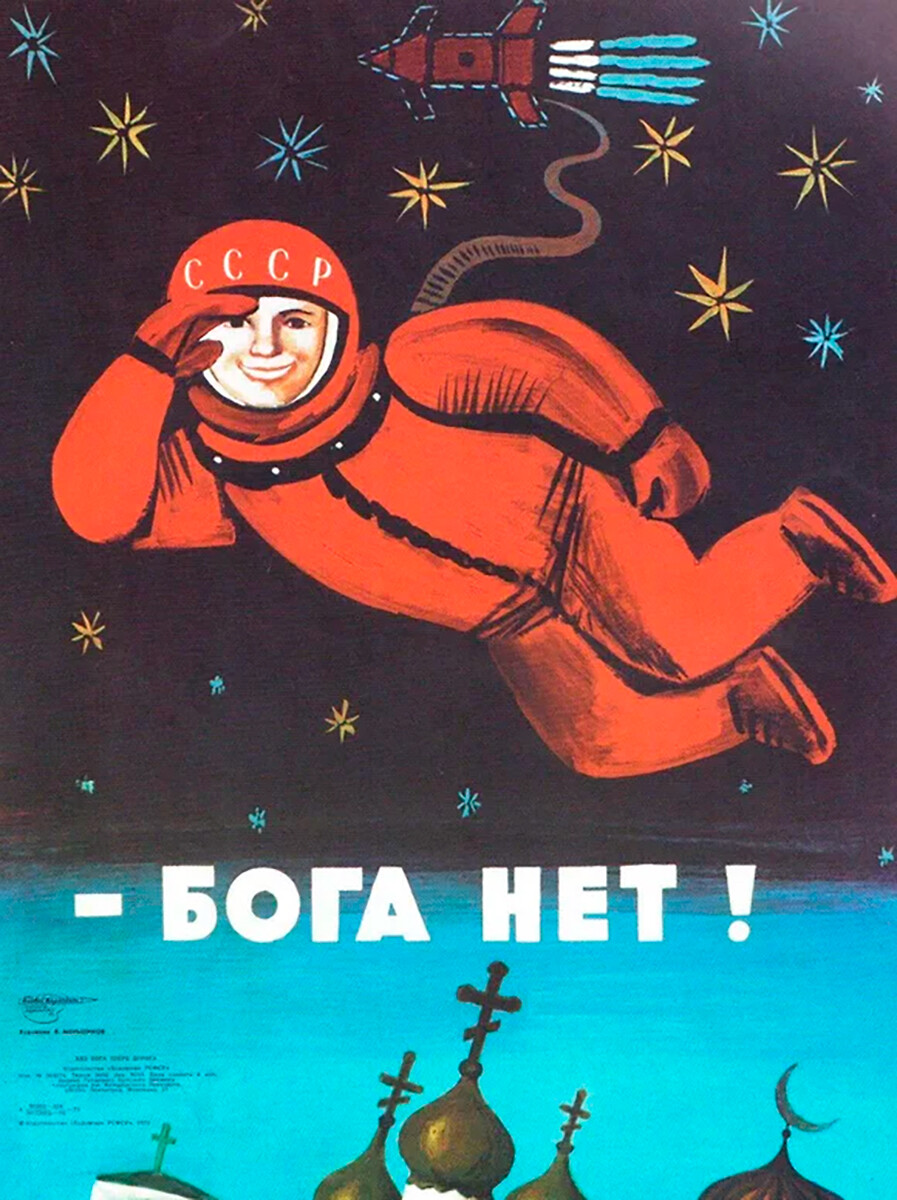
Another wave of antireligious policy started in the 1960s. One of the most famous posters depicts Yury Gagarin flying in space and saying: “There is no God”. It was illustrated by Vladimir Menshikov and is based on the popular aphorism, ‘Gagarin flew and never saw God’.
Dear readers,
Our website and social media accounts are under threat of being restricted or banned, due to the current circumstances. So, to keep up with our latest content, simply do the following:
If using any of Russia Beyond's content, partly or in full, always provide an active hyperlink to the original material.
Subscribe
to our newsletter!
Get the week's best stories straight to your inbox